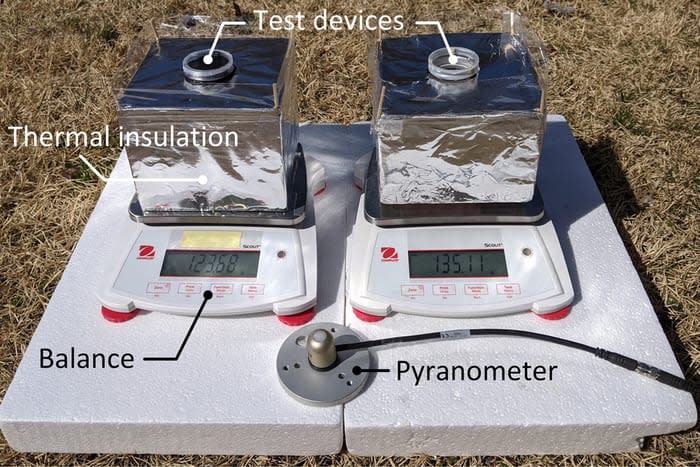This New Device Can Deliver Clean Drinking Water for Just $4

Freshwater is essential to all life on Earth, but water shortages brought on by climate change, pollution, and increased human demand make that resource harder and harder to come by. Water scarcity impacts over two billion people around the world. According to UNICEF, that number could balloon to half of the world’s population by 2025. Nearly half of the United States' 204 freshwater basins are projected to have monthly shortages by 2071, according to one 2019 study.
Of course, there is one insanely vast source of water that covers 70 percent of the planet: the ocean. Through a filtration process called desalination, unusable seawater is converted into freshwater. It’s a method that has been employed mainly in the Middle East, but also increasingly in water-stressed parts of the U.S., particularly California.
How to Weaponize Our Dying Oceans Against Climate Change
One major problem desalination systems face is the fouling of equipment caused by salt buildup, which requires a device’s parts to be cleaned regularly or replaced entirely if damaged. In pursuit of a solution, researchers at MIT and Shanghai Jiao Tong University in China have developed a solar-powered desalination device that avoids salt buildup and could provide a family with continuous drinking water for only $4.
In a new paper published in Nature Communications on Monday, the researchers describe their new invention: a floating, inexpensive, solar-powered desalination device that harnesses a natural phenomenon called convection, which is the tendency of fluids (and gasses) to rise to the top when heated and sink when cooled.
While most desalination systems rely on a wick to draw out the salt and other impurities from water through a device, the researchers instead developed a wickless system that’s layered. The bottom-most layer is perforated with tiny holes and draws up water toward the top-most layer, which is made of a dark material that absorbs sunlight. Water at the surface is warmed by the sun’s rays, evaporates, and collects on a condensed surface as drinkable water. The salt that’s left behind after the water evaporates flows down to the bottom layer through the tiny perforations.

An animation of the perforated filtration system run through natural convection.
Evelyn Wang, a mechanical engineer at MIT and co-author of the new study, said in a statement that this perforated layer makes convection possible, by allowing “for a natural convective circulation between the warmer upper layer of water and the colder reservoir below.”
The researcher’s test apparatus operated for a week with no signs of salt accumulation. The device also held up well and was stable when the researchers ran it through conditions simulating waves on an ocean or a lake.
So far this is just a bench-top proof of concept, but the researchers hope to develop their device into something that can be mass produced and used by individuals and families, especially for those living in remote communities. These devices could also provide clean water during natural disaster relief efforts.
The research team also thinks the device’s solar power—which was shown to be 80 percent efficient in converting solar energy into water vapor—has the potential to provide concentrated steam that can be used to help sterilize medical tools in rural areas.

A prototype of the solar-powered desalination system.
“I think a real opportunity is the developing world,” Wang said. “I think that is where there's the most probable impact near-term, because of the simplicity of the design. [But] if we really want to get it out there, we also need to work with the end users, to really be able to adopt the way we design it so that they’re willing to use it.”
Got a tip? Send it to The Daily Beast here
Get the Daily Beast's biggest scoops and scandals delivered right to your inbox. Sign up now.
Stay informed and gain unlimited access to the Daily Beast's unmatched reporting. Subscribe now.

